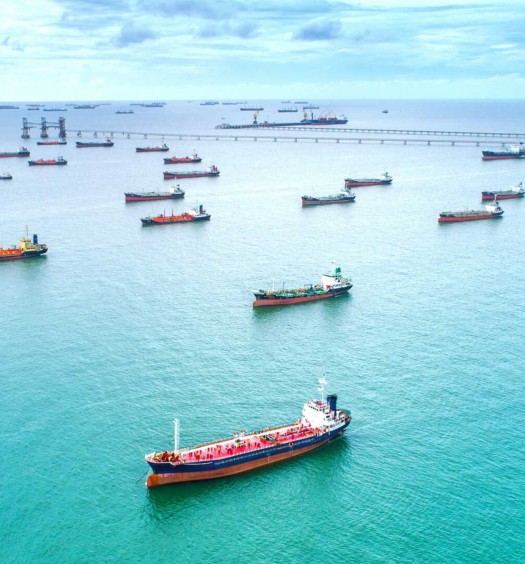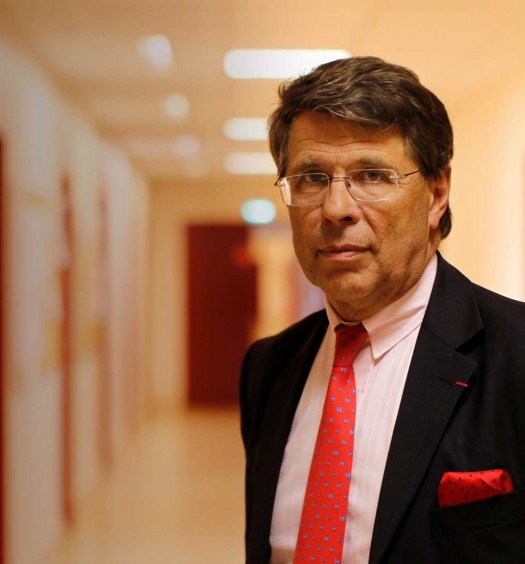In general terms, commodities have rebounded after suffering a demand shock earlier this year. Two products at the antipodes of each other held their own when the crisis was at its peak: gold and iron. Food products are faring better than oil.
(Reading time: 2 minutes)
The latest CyclOpe Circle Lunch, a popular event regularly hosted by professor Philippe Chalmin at the University of Paris-Dauphine, was the perfect opportunity to gather some ideas on an essential issue: how to adjust to a new normal for commodities. At its apex, the COVID-19 pandemic severely impacted the commodities sector, causing supply chain disruptions and forcing companies to reassess their long-term strategies. While the crisis is leading to weaker prices across the industry, Cyclope study group believes that the overall picture is rather rosy and forecasts are not the same for every commodity.
Going into detail, during the conference held in Geneva in early October, Professor Philippe Chalmin explained that one has to make clear distinctions between agricultural, oil and metal prices. The markets have suffered a marked demand shock, as the majority of goods hit low points – even negative ones in the case of oil in the United States. But then they promptly bounced back, thanks mainly to the prospect of a Chinese economic recovery. In general terms, the way things stand now, commodities have been slightly affected by the pandemic, and the forecasts for Fall 2020 do not significantly differ from those dating back to January 2020. Commodities have rebounded after suffering a demand shock.
Learning How to Cope with Commodity Market Volatility
Two products at the antipodes of each other held their own when the COVID-19 crisis was at its peak – gold and iron. In the meantime, food products are faring better than oil. The drop in demand for primary food products was negligible. Many analysts have warned of a looming food crisis, but that was not the case in 2020, and food was plentiful. The fall in agricultural prices was limited, except for products with a high energy sensitivity.
Market oil prices are on a hot streak thanks to a shutdown in Norwegian oil output because of strikes in the country. Still, the long-term outlook is particularly grim due to the supposedly accelerating energy transition. At the height of the crisis, between March and May 2020, global demand for energy and industrial raw materials fell overall by at least 305. Oil deman, for example, fell in April to 77 million barrels per day, whereas in standard times it is around 100 million barrels per day.
“Perhaps we have witnessed peak oil, not as once feared in terms of production, but in terms of demand,” said the founder of CyclOpe Circle, which has published a comprehensive report about the state and outlook of commodity markets since 1986. The French economist is optimistic about the future of raw materials in general. According to him, too many countries still depend on the trade of commodities for the bulk of their vital resources, starting with energy and metals. However, it is necessary to imagine a development process and formulate long-term planning to cope with volatile price variations like the ones we are experiencing in 2020.
To subscribe to the Monthly Report or Cyclope events please contact us at cyclope@ampersandworld.ch
About Cyclope Circle
Cyclope is a study group specialised in the analysis of global raw materials and commodities markets. It takes its name from the Cyclope Yearbook published every year since 1986 by Editions Economica.
Cyclope is headed by Philippe Chalmin (Blog), professor at the University of Paris-Dauphine and a consultant to international organisations (OECD, EEC, UNCTAD).
The study group functions as an international network and brings together more than 50 market specialists from around the world.
About the Yearbook
The Cyclope Report plunges the reader into the arcana of all of the commodity markets, from apples to zirconium, including textiles, soya, automobiles and even art.
Edition after edition, it has become the essential reference work for this particularly volatile universe. It likewise offers precious background analyses of the weight and responsibility of China, for example, or of the WTO’s Doha Round negotiations, or the development of the recycling markets, etc.
Cyclope also offers the reader an overview of the tensions and conflicts of globalisation and the international economy.
The Cyclope Report is produced by an international team of economists, journalists and professionals under the direction of Philippe Chalmin and benefits from the support of more than thirty French companies.














